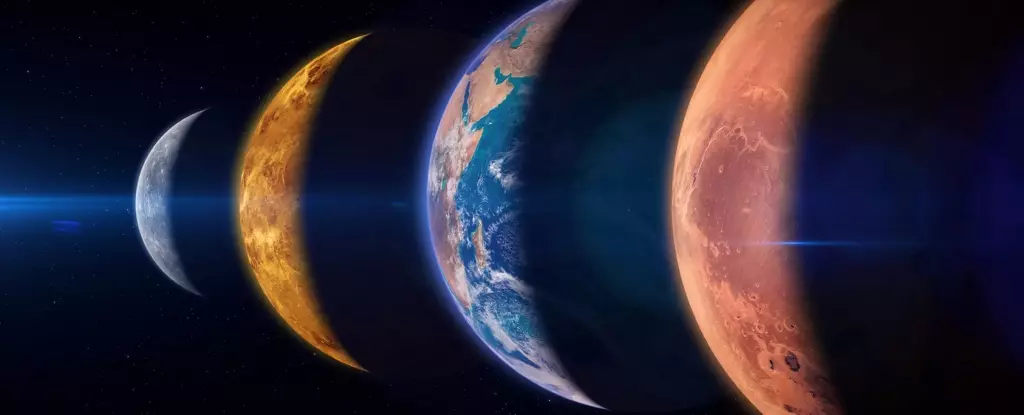On the night of February 28, 2025, skywatchers across the globe will be treated to a phenomenal display: the remarkable alignment of all seven planets in our Solar System—Saturn, Mercury, Neptune, Venus, Uranus, Jupiter, and Mars. Such alignments are exceptionally rare and occur under very specific conditions that allow multiple planets to appear in close proximity from our vantage point on Earth. This alignment provides a unique opportunity for both amateur and professional astronomers to marvel at the cosmos and explore the wonders of our Solar System.
Alignments of this scale are far from common. While it’s relatively frequent for three to four planets to align, witnessing five or more—especially seven—is a rarity that elevates this celestial event to an extraordinary occasion. In fact, seven-planet alignments, denoting the largest potential display, are known as “great alignments,” and they often garner attention from space enthusiasts, scientists, and casual star-gazers alike.
Understanding how these planets align requires insight into their orbits around the Sun. The Solar System, viewed in terms of flat geometry, operates along an imaginary plane known as the ecliptic. Most planets travel in elliptical paths around this central star, conforming closely to this flat plane. Slight variations exist wherein planets may tilt slightly off this ecliptic path, yet the majority remain aligned like notes on a musical staff.
This alignment is orchestrated in part by gravitational forces and the movements of celestial bodies. When the planets align on the same side of the Sun during their respective orbits, they create a stunning visual appearance of unity in the night sky. However, it is essential to recognize that this alignment will not produce visual queues that are perfectly linear in the way diagrams suggest—rather, they will appear along an imagined line in the celestial sphere.
Preparation for Observation
For those excited to witness this momentous occasion, preparation is key. The visibility of the planets will depend heavily on geographical location, local weather conditions, and the time of the evening. Tools like Time and Date’s interactive platform can give precise rise and set times for each planet, while software like Stellarium offers real-time tracking of celestial objects across the night sky.
Mobile applications, such as Sky Tonight, use location services in phones to help stargazers locate the planets in real-time. With several resources available at one’s fingertips, it is advisable to utilize these applications to not only locate planets but to learn more about the celestial bodies themselves. This alignment could serve as an educational experience, offering a deeper understanding of planetary science.
For those keen on observing the planets in greater detail, using binoculars or a telescope will enhance the experience considerably. These tools can reveal fascinating surface details and other phenomena that are otherwise missed by the naked eye.
Events like the great planetary alignment in 2025 are more than mere visual spectacles; they serve as opportunities for education and engagement with the sciences. They remind us of our place in the universe and stoke curiosity about what lies beyond our atmosphere. Such moments connect people to the rhythm of the cosmos while fostering a greater appreciation of the science of astronomy.
Whether from urban backyards or remote countryside fields, the anticipation builds as the date approaches. Stargazers and students of astronomy all have something to gain from this rare event—an experience that inspires awe and wonder and encourages a deeper inquiry into the mysteries of the universe.
So, as the evening of February 28, 2025, approaches, prepare for a night filled with celestial wonders, and here’s hoping for clear skies that will allow everyone to witness this cosmic phenomenon in all its glory.


Leave a Reply